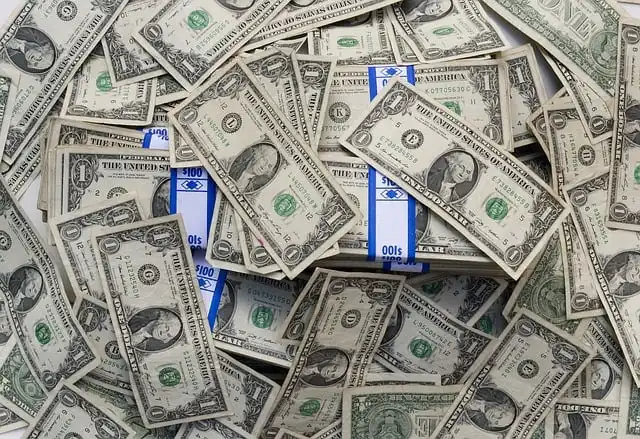Banks park record Rs 4.13 trillion with RBI in standing deposit facility

A section of the market also pointed out that banks have accumulated temporary surplus due to increase in government cash balances and surge in CDs.
Even more, some banks avoid counterparty exposure and select SDF over market loaning,” said a call investor with a state-owned financial institution.
“Frictional liquidity has improved and financial institutions have actually been borrowing through variable rate repo public auctions and via issuances of deposit slips (CDs). Plus, weighted typical TREPS and telephone call rate have gone listed below 6 per cent. It is rewarding for any kind of financial institution to park under SDF and make some gains, for this reason the rise in SDF holdings,” claimed VRC Reddy, deputy general manager-treasury at Karur Vysya Bank.
Market individuals believe that the here and now excess in the liquidity is temporary and it might turn adverse once the government spending overcomes. Banks with large federal government down payments and excess funds favor SDF when they believe the liquidity might become deficit, professionals added.
“Regardless of a noticeable liquidity excess, the persistently high SDF equilibriums indicate an architectural mismatch instead of real excess liquidity. This suggests inefficiencies in liquidity circulation and risk hostility in market loaning,” claimed Venkatakrishnan Srinivasan, founder, Rockfort Fincap.
A section of the market additionally directed out that banks have actually collected short-term excess due to boost in federal government cash balances and rise in CDs. Better, some banks prevent counterparty direct exposure and choose SDF over market loaning,” said a call trader with a state-owned bank.
Even more, international financial institutions, especially at quarter-end, usually position huge rupee down payments under the SDF window as a result of currency administration and regulative demands, causing a rise in SDF car park, claimed professionals.
“Frictional liquidity has boosted and banks have been obtaining via variable rate repo auctions and by means of issuances of certifications of down payment (CDs). It is successful for any bank to park under SDF and make some gains, hence the rise in SDF holdings,” claimed VRC Reddy, replacement basic manager-treasury at Karur Vysya Financial Institution.
With constant infusion of funds in the banking system by the central bank, overnight prices such as weighted ordinary phone call price (WACR) and tri-party repo price (TREPS) have actually dropped listed below 6 per cent, triggering financial institutions to park funds under the SDF center at 6 percent, stated suppliers.
As the banking system liquidity moves right into surplus and with restricted debt offtake at the beginning of the fiscal year 2025-26 (FY26), industrial banks on Thursday parked 4.13 trillion with the Book Bank of India (RBI) under the Standing Down Payment Center (SDF). This marked the highest quantity financial institutions have actually parked in the SDF considering that its introduction in April 2022.
SDF allows banks to down payment excess funds with the central bank without the demand for security at a rate of 25 basis points (bps) less than the repo rate, which is 6.25 percent currently. SDF, which is an over night facility, is readily available in between 5.30 pm and 11.59 pm on throughout the days, consisting of Sundays and vacations, and the funds are turned around on the adhering to working day.
The banking system’s liquidity moved to surplus in April after greater than 4 months, driven by federal government investing and the central bank’s recurring initiatives to infuse liquidity through dollar-rupee buy/sell swap auctions, open market procedures (OMOs), and variable rate repo public auctions, said specialists. According to the latest RBI information, the excess liquidity in the system, measured by financial institutions vehicle parking funds at the liquidity change facility, was 2.16 trillion.
1 financial year 2025-262 limited credit offtake
3 SDF
4 Standing Deposit Facility
« Trump poised to unveil more tariffs on ‘Liberation Day’ — here’s what to expectBig-tech global firms challenge homegrown startup growth: CCI top official »
